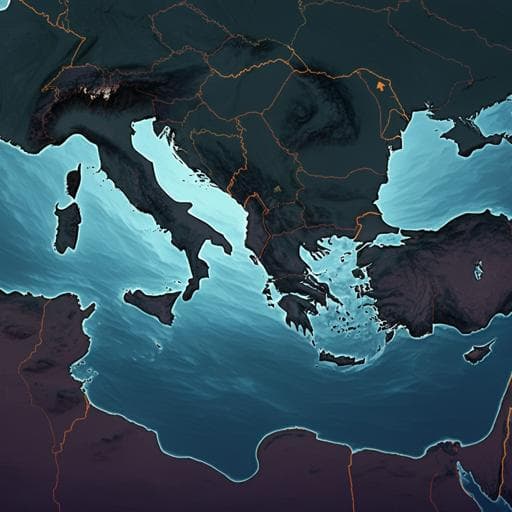
Environmental Studies and Forestry
Exploring spatial feedbacks between adaptation policies and internal migration patterns due to sea-level rise
L. Reimann, B. Jones, et al.
This groundbreaking study by Lena Reimann and colleagues reveals that climate change-induced sea-level rise could spark the migration of up to 20 million people in the Mediterranean by 2100, with adaptation strategies playing a crucial role in mitigating this massive internal shift. Discover how socioeconomic factors influence these migration patterns!
~3 min • Beginner • English
Related Publications
Explore these studies to deepen your understanding of the subject.







